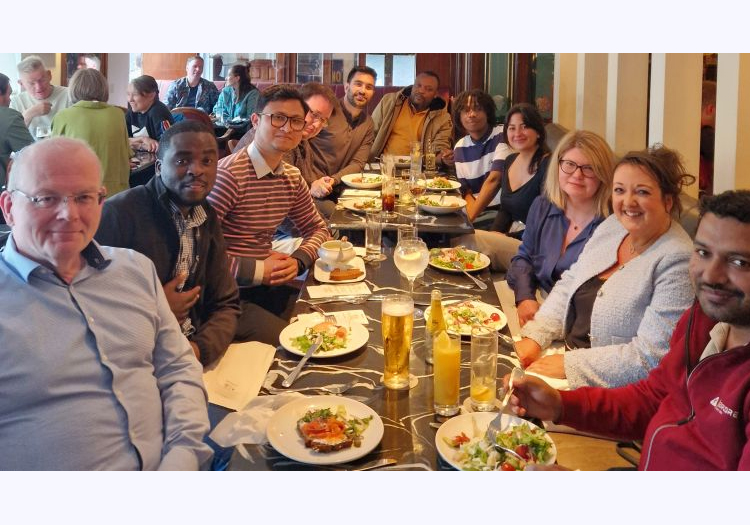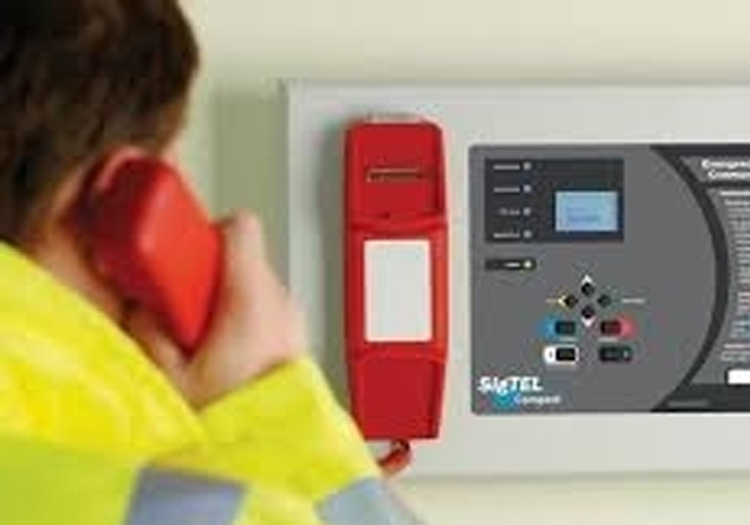
What are ‘U-values’ – Heat Loss in Buildings Explained
When it comes to sustainable building design, heat loss is a big factor that must be considered, as it has a direct bearing on thermal efficiency. In this article, we take a closer look at an M&E engineering term known as U-Values and how it’s used to express how buildings lose heat.
Essentially, U-values measure how well building materials conduct heat. Another term relating to this concept is thermal transference, which describes how heat moves through a structure, whether it’s made from a single material or a composite. A material’s U-value is calculated by measuring the rate of heat transfer through it per unit area per degree temperature difference.
Basically, if a building has a low U-value, it typically means that it’s made from materials that insulate well, meaning that it’s able to maintain temperature more effectively. This works both ways, so a home with a low U-value will be warmer in the winter and cooler in the summer.
U-Values Are a Measure Of Heat Flow
When you look at different parts of a building, each material found within will usually have a different heat flow characteristic, which will lead to more or less heat loss. Each building’s part, such as the roof, windows, and doors, will have different U-values.
For example, modern homes with double-glazed windows will have much lower U-value ratings than those with single-glazed windows, meaning that they’re much better at insulating. This also has a bearing on energy efficiency, as buildings that have lower heat loss require less energy for heating and cooling purposes.
To understand U-values in an M&E engineering context, Varming building design experts worked on the 2021 NDFA Social Housing Bundle 2 project, which exceeded Building Regulations for renewable energy requirements, U-values, air tightness, Energy Performance Coefficient, and Carbon Performance Coefficient.
Creating Sustainable, Greener Buildings
U-values are a major consideration for modern M&E engineers, and they’re influenced by not just the building materials used but also the systems that make buildings more energy-efficient. At Varming, we’re fully focused on realising a greener construction industry, and you can see many examples of this ethos in action by visiting us at www.varming.ie.
Alternatively, if you wish to speak to us about how we can help you on your next project, call us at 01 4872300, and we’ll be happy to help however we can.

